California police are expressing regret after replacing their entire fleet with Tesla patrol cars that have proven to be unusable.
In California, several police departments are reconsidering their decision to switch to Tesla patrol cars.
The change was made as part of a green initiative aimed at promoting electric vehicles.
However, the new cars have not performed as expected, leading to frustration among officers.
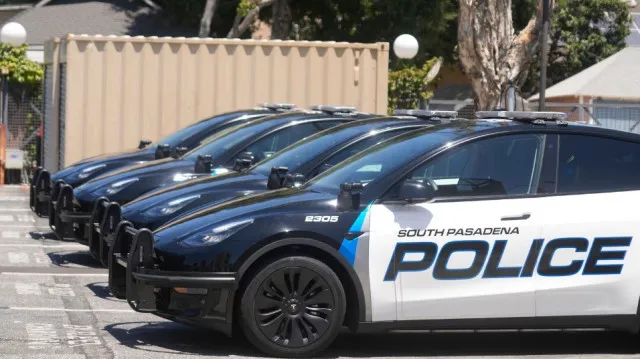
California police express regret over unusable Tesla patrol cars replacing entire fleet
The Menlo Park Police Department was one of the first to purchase the Tesla Model Y cars at around $50,000 each.
Police Chief David Norris has expressed concerns about the vehicles, stating that they are not suitable for police work.
He noted that while the cars have good acceleration and speed, they are not practical for the demands of everyday patrol duties.
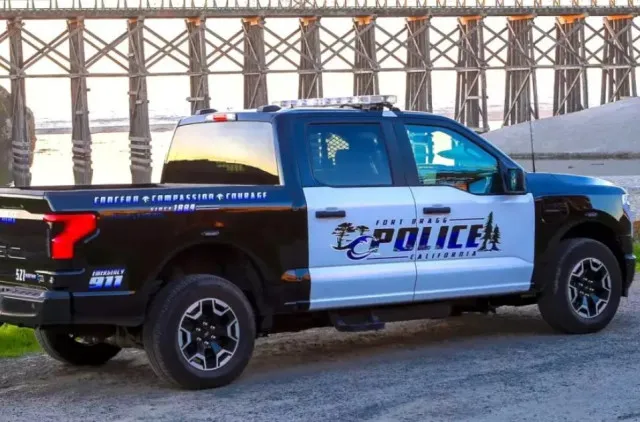
One significant issue is the time it takes to charge the Teslas.
Officers have reported challenges when they need to charge the vehicles while handling suspects.
This delay could pose safety risks during critical situations.
The lack of charging stations in certain areas has added to the problem, making it difficult for officers to rely on electric cars for extended periods.
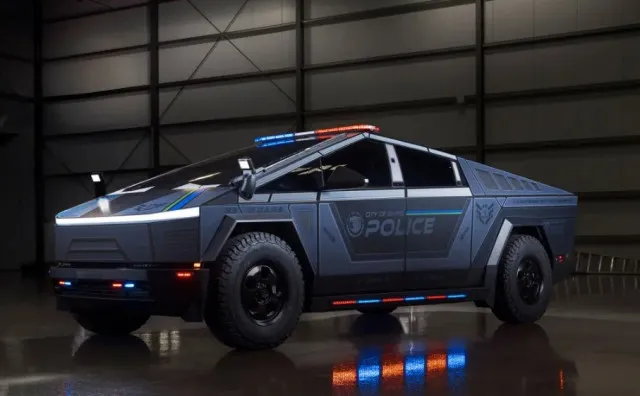
Furthermore, the design of the cars presents practical challenges.
Officers have found that equipment, such as their belts and bulletproof vests, takes up space in the passenger seat, making it difficult to use.
This situation not only limits the ability to transport two officers but also complicates training scenarios.
For example, there isn’t enough room for a training officer to sit alongside a trainee during long shifts.
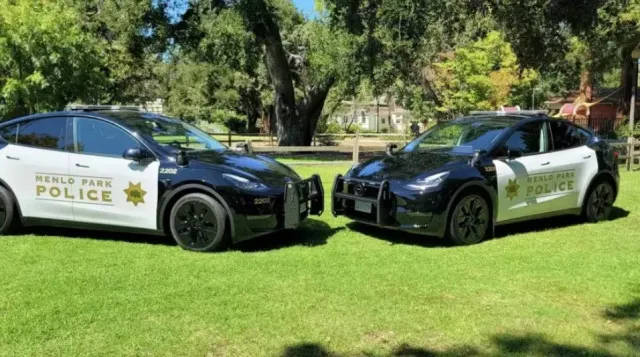
The concern extends to the back seat as well.
The limited space makes it uncomfortable for anyone being transported in the vehicle.
Officers worry that these factors could hinder their ability to perform their duties effectively and safely.
Ukiah Police Department also faced issues with Tesla vehicles.
They purchased two modified Tesla Model 3s for $150,000.
Police Chief Cedric Crook mentioned problems with charger availability, highlighting that the cars can only hold one prisoner at a time.
He stated, “I’m not ready to put an officer in a Tesla,” reflecting the lack of confidence in the vehicles.
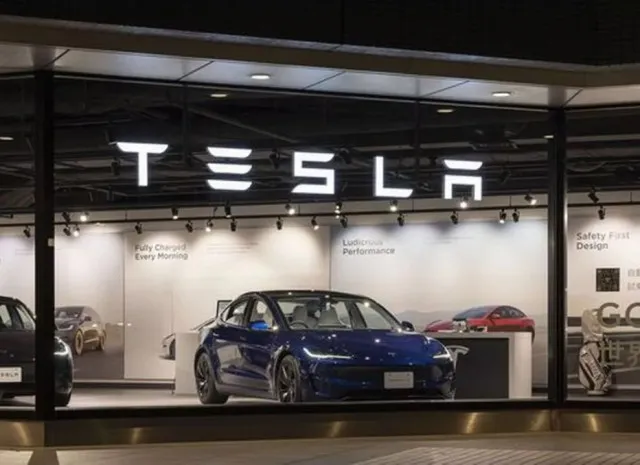
In contrast, the Fort Bragg Police Department opted for electric Ford F-150 Lightning trucks instead.
Police Chief Neil Cervenka reported better results with these vehicles, suggesting that they may be more suitable for law enforcement needs.
He emphasized that Tesla vehicles might not be the best option for police work at this time.
“Tesla isn’t the right answer in the law enforcement market currently for electric adoption,” Cervenka said.
“But there might be better options. Ukiah and Menlo have also tried alternative options, as both cities say they are committed to meeting the environmental goals,” he added.

The issues with the Tesla patrol cars have sparked debate about the future of electric vehicles in law enforcement.
While many departments are committed to environmental goals, the functionality and safety of the vehicles remain paramount.
Police departments need reliable cars that can perform under pressure, and the challenges faced with Teslas have raised questions about their effectiveness.
California’s shift to zero-emission police vehicles faces challenges
California Governor Gavin Newsom has set ambitious goals for the state, aiming for all vehicles to be zero-emission by 2035.
However, the experiences of various police departments show that transitioning to electric vehicles may not be as straightforward as hoped.
The need for robust charging infrastructure and vehicle designs that meet operational needs is critical.